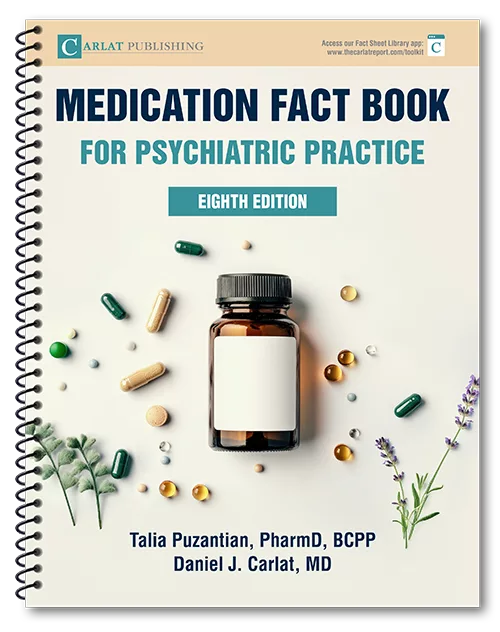Assessing Illness and Medication Treatment in the Perinatal Period
 Simone Vigod, MD
Assistant professor at the University of Toronto and Institute of Health Policy in Toronto, Canada.
Dr. Vigod has disclosed that she has no relevant financial or other interests in any commercial companies pertaining to this educational activity.
Simone Vigod, MD
Assistant professor at the University of Toronto and Institute of Health Policy in Toronto, Canada.
Dr. Vigod has disclosed that she has no relevant financial or other interests in any commercial companies pertaining to this educational activity.
 Psychiatrist at Group Health Behavioral Health Services, WA
Dr. Gariety has disclosed that he has no relevant financial or other interests in any commercial companies pertaining to this educational activity.
Psychiatrist at Group Health Behavioral Health Services, WA
Dr. Gariety has disclosed that he has no relevant financial or other interests in any commercial companies pertaining to this educational activity.
 Steve Balt, MD
Research fellow, Addiction Pharmacology Research Laboratory, California Pacific Medical Center
Dr. Balt discloses that his spouse is employed as a sales representative for Bristol Myers Squibb.
Steve Balt, MD
Research fellow, Addiction Pharmacology Research Laboratory, California Pacific Medical Center
Dr. Balt discloses that his spouse is employed as a sales representative for Bristol Myers Squibb.
 Talia Puzantian, PharmD, BCPP
Clinical psychopharmacology consultant in private practice, Los Angeles, CA.
Dr. Puzantian has disclosed that she has no relevant relationships or financial interests in any commercial company pertaining to this educational activity.
Talia Puzantian, PharmD, BCPP
Clinical psychopharmacology consultant in private practice, Los Angeles, CA.
Dr. Puzantian has disclosed that she has no relevant relationships or financial interests in any commercial company pertaining to this educational activity.
 J. Alexander Bodkin, MD
Director of the Clinical Psychopharmacology Research Program at McLean Hospital in Belmont, MA; assistant professor of psychiatry at Harvard Medical School
Dr. Bodkin has disclosed that he has been a principal investigator in a study of brexpiprazole. Dr. Carlat has reviewed his interview and has found no evidence of bias in this educational activity.
J. Alexander Bodkin, MD
Director of the Clinical Psychopharmacology Research Program at McLean Hospital in Belmont, MA; assistant professor of psychiatry at Harvard Medical School
Dr. Bodkin has disclosed that he has been a principal investigator in a study of brexpiprazole. Dr. Carlat has reviewed his interview and has found no evidence of bias in this educational activity.

_-The-Breakthrough-Antipsychotic-That-Could-Change-Everything.webp?t=1729528747)



